 |
|
Your
essays should be no longer than 3-5 pages in length--images do NOT count
toward your final page count so illustrate at will (if you have to go
over a page, don't sweat it). Your festival of the imagination will be
cleverly titled, double-spaced, have 1-inch margins
top and sides and be carefully
proofread; additionally, it will be chock-full of active verbs and, in
general, have syntactic variety so as to avoid the dangers of the IS
VIRUS; use MLA or University of Chicago-style works cited pages. Your works of genius are
due IN-CLASS, October 10, 2013 in class--you will walk into class on
time and drop your paper into the decorated receptacle that corresponds
to your specific section (there will be one other bag with my name on
it as well for those who want to brave the challenge of my grading!). All A-level critical speculations will integrate carefully selected direct quotations from the primary texts and will avoid ALL of the quicksand-like bad habits noted here on the gradesheet to your right--click it to make it readable. A-level grades will be awarded ONLY to crafty undergraduates who make use of scholarly research discovered either by prowling the stacks (the shelves and shelves of books that fill Love Library, aka the "Library of Love") or that you can gather off of JSTOR or PROJECT MUSE--be sure to CITE THESE WORKS CAREFULLY. One last bit of advice, do NOT plagiarize ANY material from the internet;
unCITED material = PLAGIARISM; also, if you are going to "quote" a passage
from an illustrated text, go to the bother of xeroxing the image and incorporating
it INTO your essay. Last hint? Have a blast with this paper! Try things you have NEVER tried before! Test the limits of your imagination! Good luck! This IMAGINATION CHALLENGE is slightly different from other writing assignments you may have completed as an undergraduate (for example, please leave everything you learned in RWS 100 or 200 at the door). For this Imagination Challenge 1, you will fill in the blanks provided and then complete the essay you have started making sure to provide specific textual evidence to sustain/defend/illustrate your clearly stated views! FINISH only ONE of the following challenges... Note that some of the blanks below are meant to be filled with authors' names whilst others should be filled with specific phrases/theses; read the prompts carefully to make your final determination. You probably have to have read the books and seen the movies mentioned in order to fill the blanks convincingly. 1. Freud, Augustus, and Hazel Go For a Walk Sigmund Freud's work splashes across the pages of Freud for Beginners written
by Richard Appignanesi and illustrated by Oscar Zarate. While Freud's
ideas had their genesis in a clinical context, they are also quite
useful when applied to the complexities of literature. In the
pages that follow, I will use both the words of Freud (as parsed
by Appignanesi) and the illustrations of Zarate to explore
_____________________________ in the pages of John Green's The Fault in our Stars, by doing so, I hope to illustrate how _____________________.... 2. Psychology & Sexuality A provocative psychological film by writer Nancy Oliver and director Craig Gillespie, Lars and the Real Girl
challenges its readers to explore the
______________________ of human sexuality--to be more specific, Oliver
and Gillespie take viewers on a tour of ___________________
introducing
characters that ______________________. Recently, specific
critics have focused on eroticism and sexuality in American
cinema--typical among these is _____________________ written by
_____________. I am not totally content, however, with Professor
_________________'s study of the psychology of sexuality in American
cinema. In the paragraphs that
follow, I will briefly illustrate my problems with his/her work and
suggest better ways to explore Oliver and Gillespie's project. 3. Klassen, Magritte, and Berger Surrealism has left a big mark on world culture--arguably one of the most influential movements in 20th and 21st century art and popular culture. In the pages that follow, I will use specific works by Rene Magritte ( including "___________", "_______________", and "_______________" ) and key passages from John Berger's Ways of Seeing to explore the power of Surrealism. As I do so, I hope to____________________________________________ 4. READING DAN CLOWES Dan Clowes's Ghost World is a compelling complex piece of 21st century American Literature--it's most provocative achievement is to have _____________________________________. In this regard, it shares a similarity with __________________________, a work we already read/screened this semester. The paragraphs that follow seek to explore the connections between Clowes and ___________________--if I am right, and I think I am, my conclusions will suggest that___________... 5. Naked Mirrors/Damaged Psyche {pick any two authors/artists/directors from this semester} The concept of the Naked Mirrors/Damaged Psyche seems best illustrated by the work of ____________________ and _________________. In particular, it strikes me that ___________________________________ and ____________________________ constitute the two works that speak in such a way that our understanding of representation and subjectivity (the two key elements focused upon in our Naked Mirrors/Damaged Psyche seminar) is deepened and made more complex.... 6. New! Comparative Cultural Studies Y Tu Mamá Tambien by Alfonso Cuarón of Mexico shares curious overlaps with Ghost World, penned by Dan Clowes of the United States. While we focused on the psychology of friendship in class discussion, it strikes me that equally important and obvious is the way both Cuarón and Clowes focus on ______________________. In the words that follow, I will attempt to flesh out this comparative analysis. By doing so, I hope to___________________________.... 7. Cancer as Literature As
much as a disease, Cancer generates dis-ease, that is the illness
brings with it an aura, an atmosphere, a reality that is unique unto
itself. Both John Green and Alfonso Cuarón build narratives that focus
on and redefine our understandings of Cancer, but they do so in unique
ways: where Cuarón focuses on _________________, Green seems more
clearly interested in _____________________. In the paragraphs that
follow, I will attempt to flesh out my argument.... INVENT YOUR OWN FILL IN THE BLANKS PROMPT Develop and refine your OWN independent fill in the blanks prompt--it must make use of at least one work from the 2nd half of the semester; you MUST bring your proposal to me by Thursday, October 3, in class (typed, please). You are also welcome to run it by me in person during office hours or by appointment--ON or BEFORE Friday, October 4, 2012. Have fun!
|
| SAMPLE PARAGRAPHS FROM AMAZING CRITICS!!!! (click the images to enlarge)... Edward Said on Joseph Conrad... 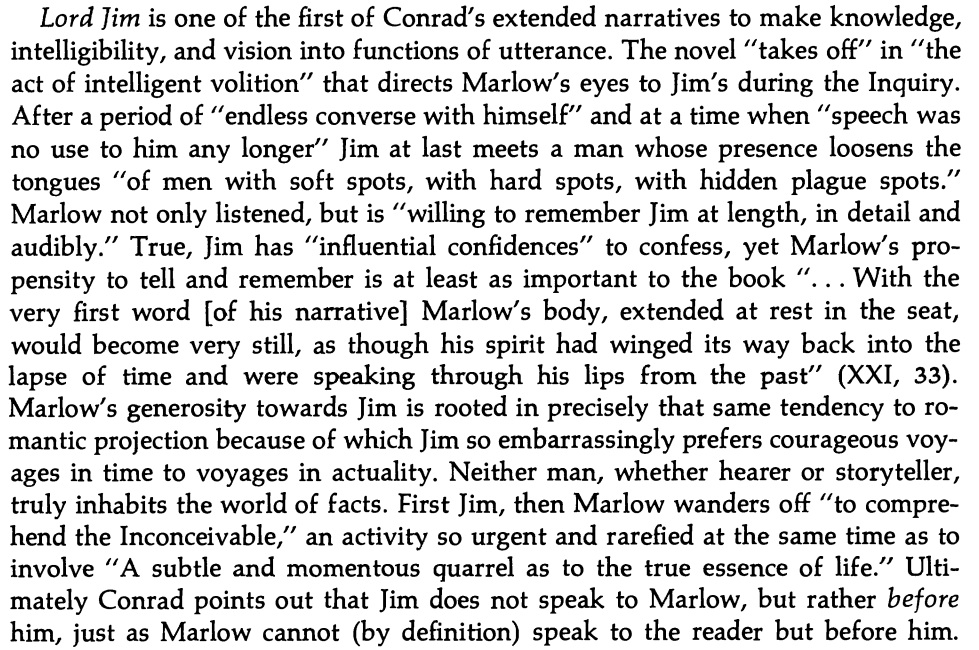 Edward Said on Joseph Conrad (and Sigmund Freud)... 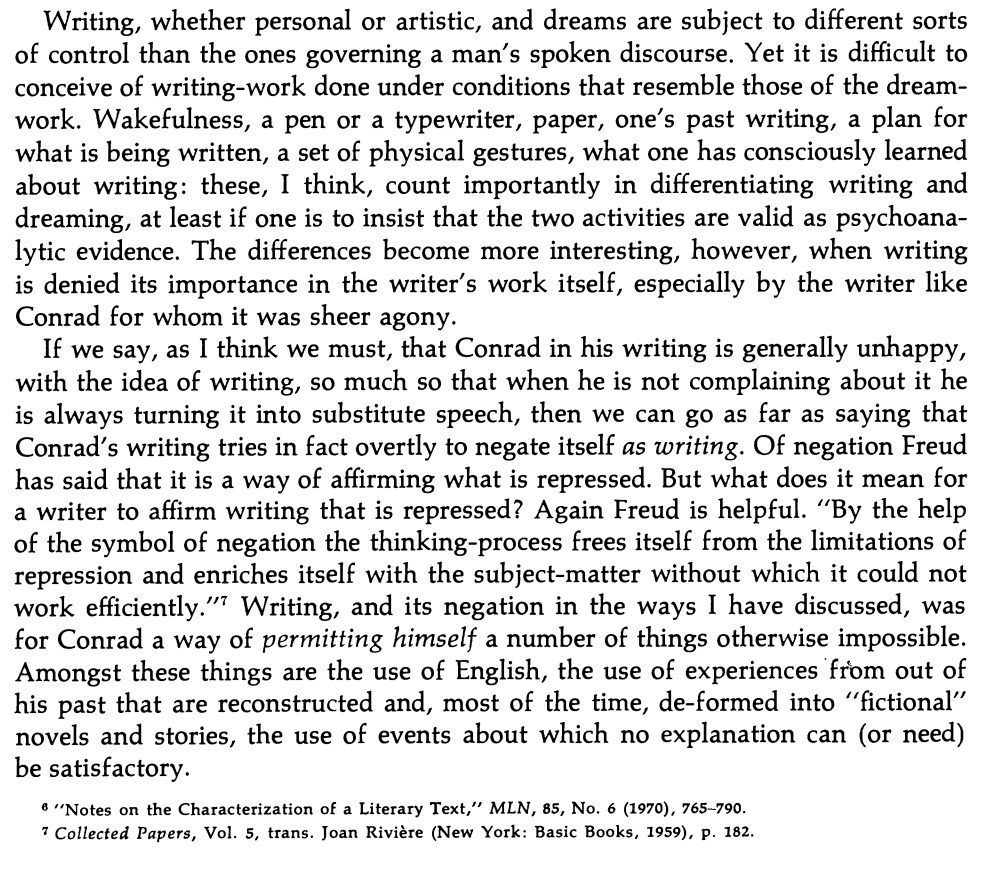 Helen Vendler on Criticism  J. Hoberman (extra-cool film theorist)... (click image to see review)... 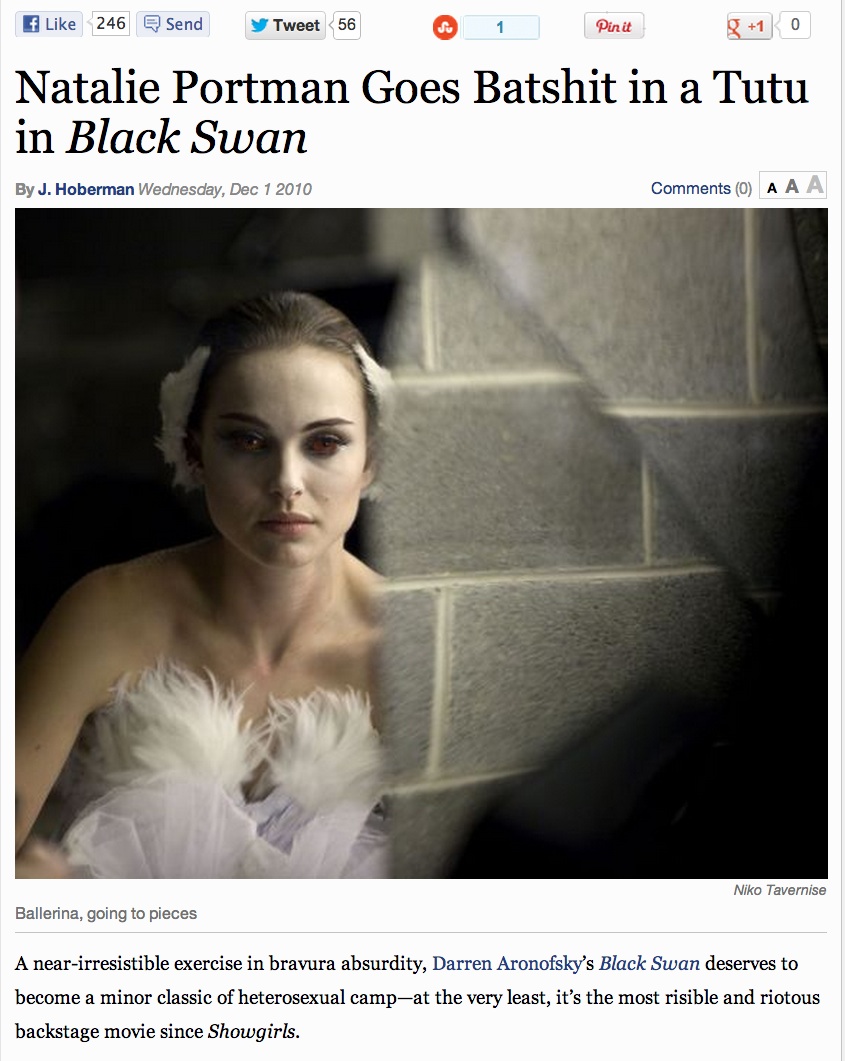 |
| urgent issues? email: memo@sdsu.edu |
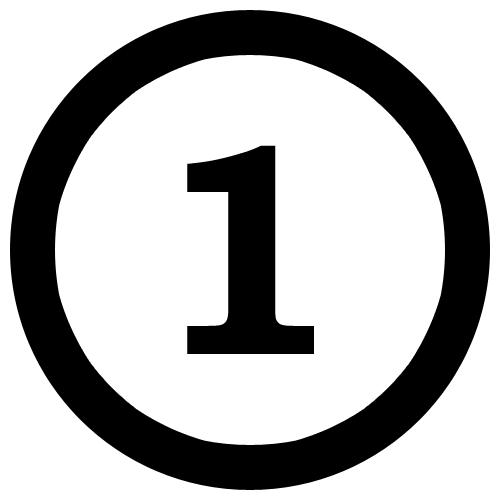
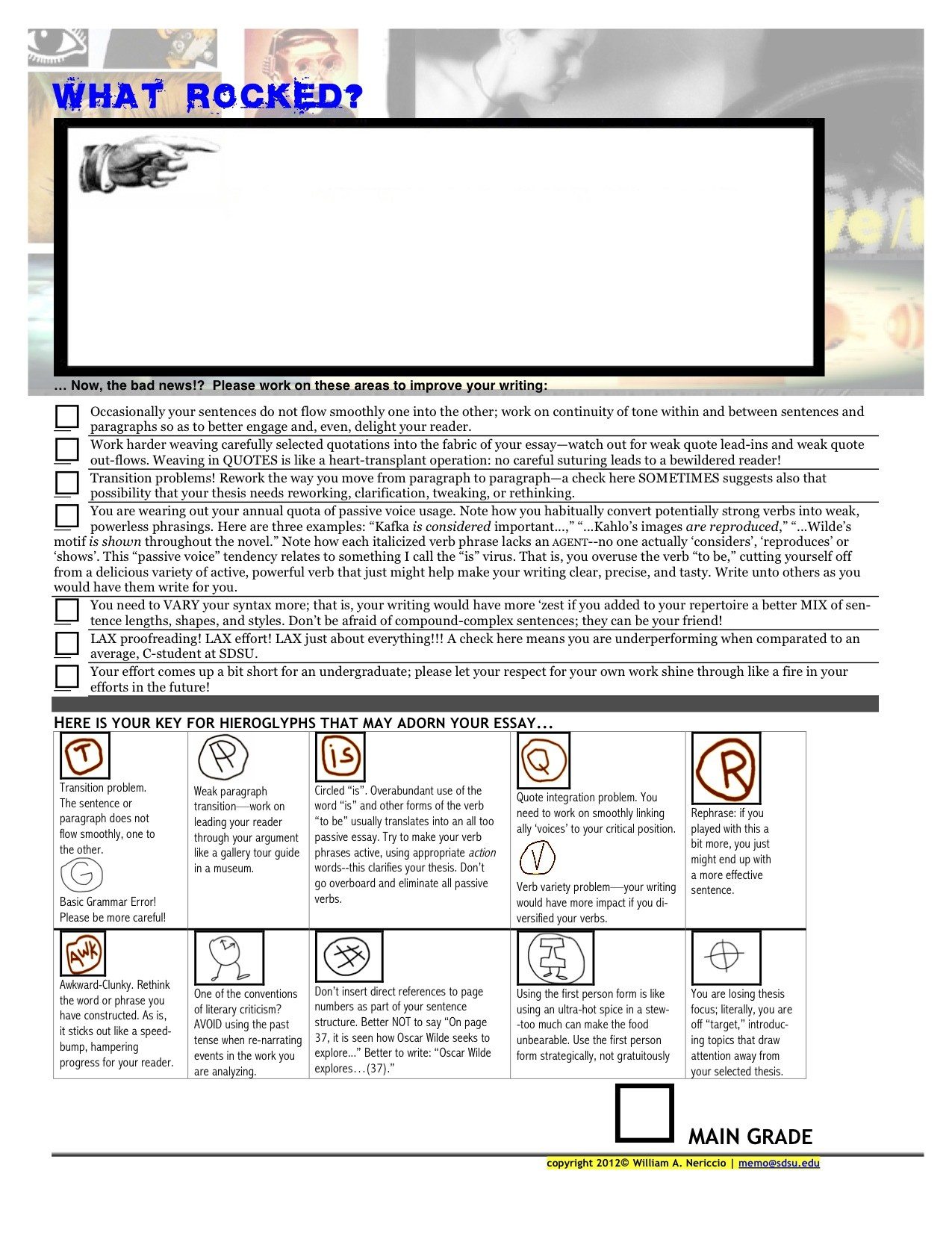
 Write unto others as you would have them write for thee!
Write unto others as you would have them write for thee!